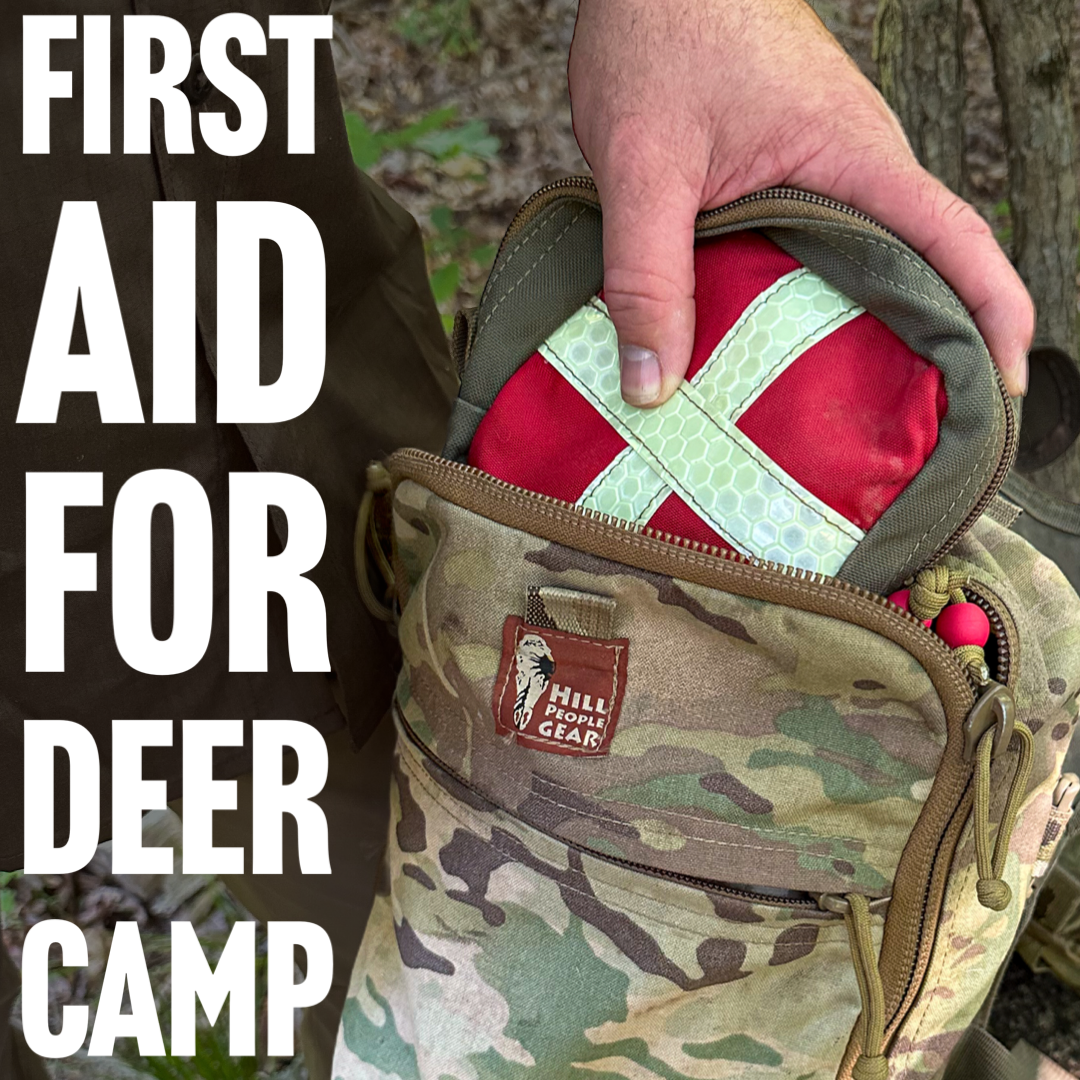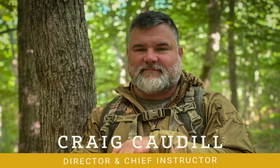
First Aid for Deer Camp: Skills and Gear Every Hunter Should Carry
Note: This article was written for an online blog site two years ago. It was not published so I am running it here. You can also check out this pdf which is a piece I wrote for a magazine quite a while ago. Also check out this blog piece on kits which include some first aid kits
First Aid for Deer Camp
Camouflage, chili, and rifles or bows will show up at nearly every good deer camp. But what’s often missing? A solid first aid kit and the knowledge to use it. Hunters tend to normalize risk, we assume nothing bad will happen. The truth is, accidents happen in the woods, and being prepared can make the difference between a story to tell later and a tragedy.
At deer camp, preparedness comes down to three pillars: prevention, reactive training, and the right gear.
Preventative Measures
Ask yourself these questions before you climb into the stand or pick up a weapon. They’ll sober you up to the importance of avoiding injury in the first place:
-
Do you always follow the four basic rules of gun safety, without exception?
-
Are you using a harness and climbing carefully into your tree stand?
-
Do you know your cell service situation and how to contact help, or have radios programmed with emergency channels?
Thinking ahead prevents most accidents.
Reactive Skills and Training
Accidents do still happen. The difference-maker? Training.
-
Basic First Aid & CPR: Available nationwide through the American Red Cross, American Heart Association, and many employers. Often free or low cost.
-
Stop the Bleed: A specialized course that prepares you to handle gunshot wounds, chainsaw accidents, and other severe trauma with immediate action and proper equipment.
A little training goes a long way—and when life is on the line, you’ll be glad you invested in it.
Essential First Aid Gear for Deer Camp
Cuts and Bleeding
-
Sterile gloves (protect you and the patient)
-
Bandage strips for small wounds
-
Rolled gauze or vacuum-sealed H&H gauze for big bleeds
-
Duct tape, athletic tape, or vet wrap to secure dressings
Eyes and Burns
-
Eyewash to flush debris
-
Burn dressings for fire and boiling water accidents
Sprains and Breaks
-
Triangular bandages (splints, slings, dressings)
-
SAM splint for ankle, wrist, or knee injuries
Trauma Gear (with training!)
-
Hemostatic gauze to stop severe bleeding
-
Tourniquets (CAT or SOFT, never knock-offs)
-
Chest seals for gunshot or puncture wounds
Other Essentials
-
Specialty medicines (EpiPen, glucose, inhalers)
-
Antibacterial ointment (around, not inside, wounds)
Takeaway
First aid isn’t just for paramedics. At deer camp, you may be the only line of defense between an accident and a fatality. Get trained. Carry the gear. Be the person who is ready when it matters most.


Leave a comment